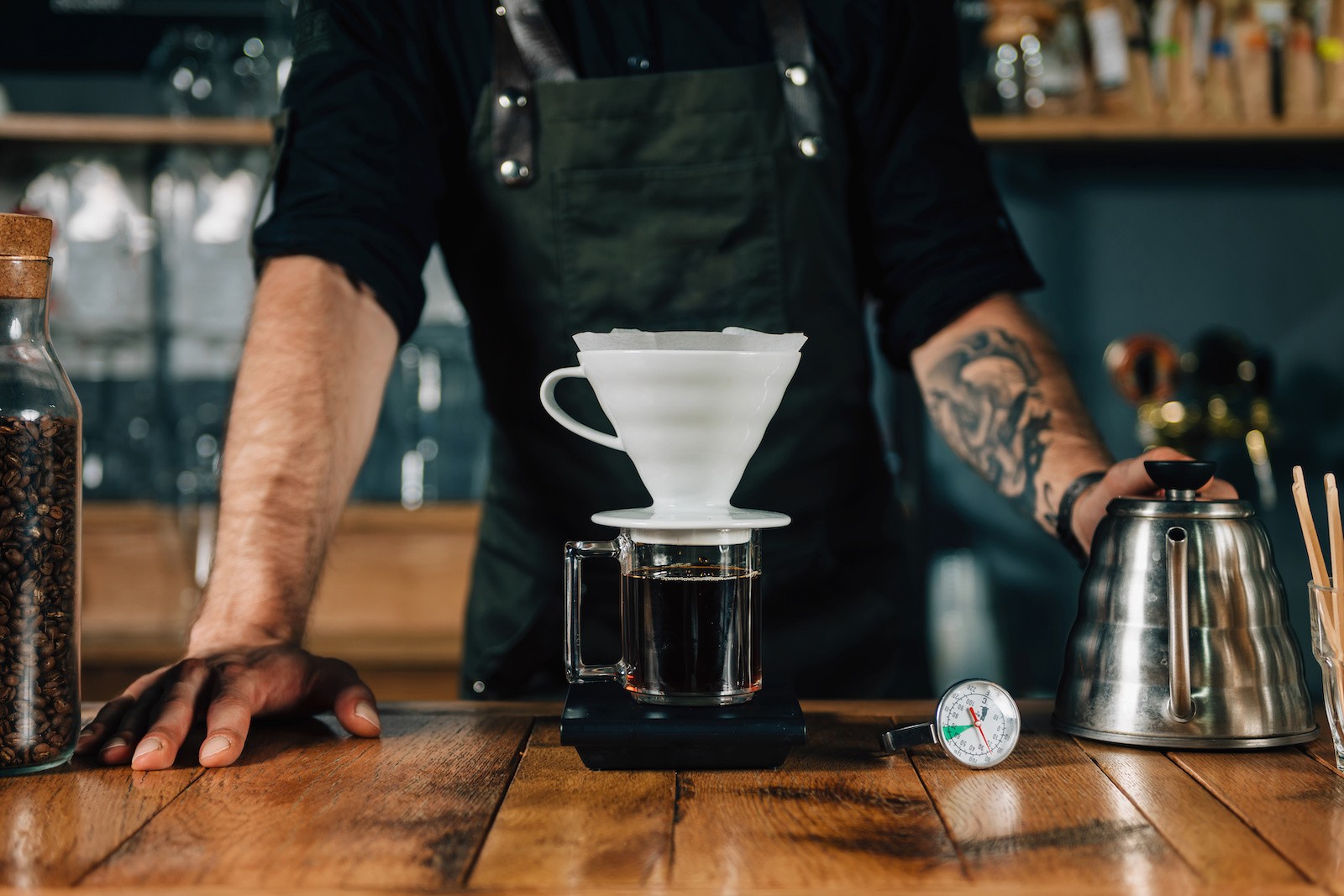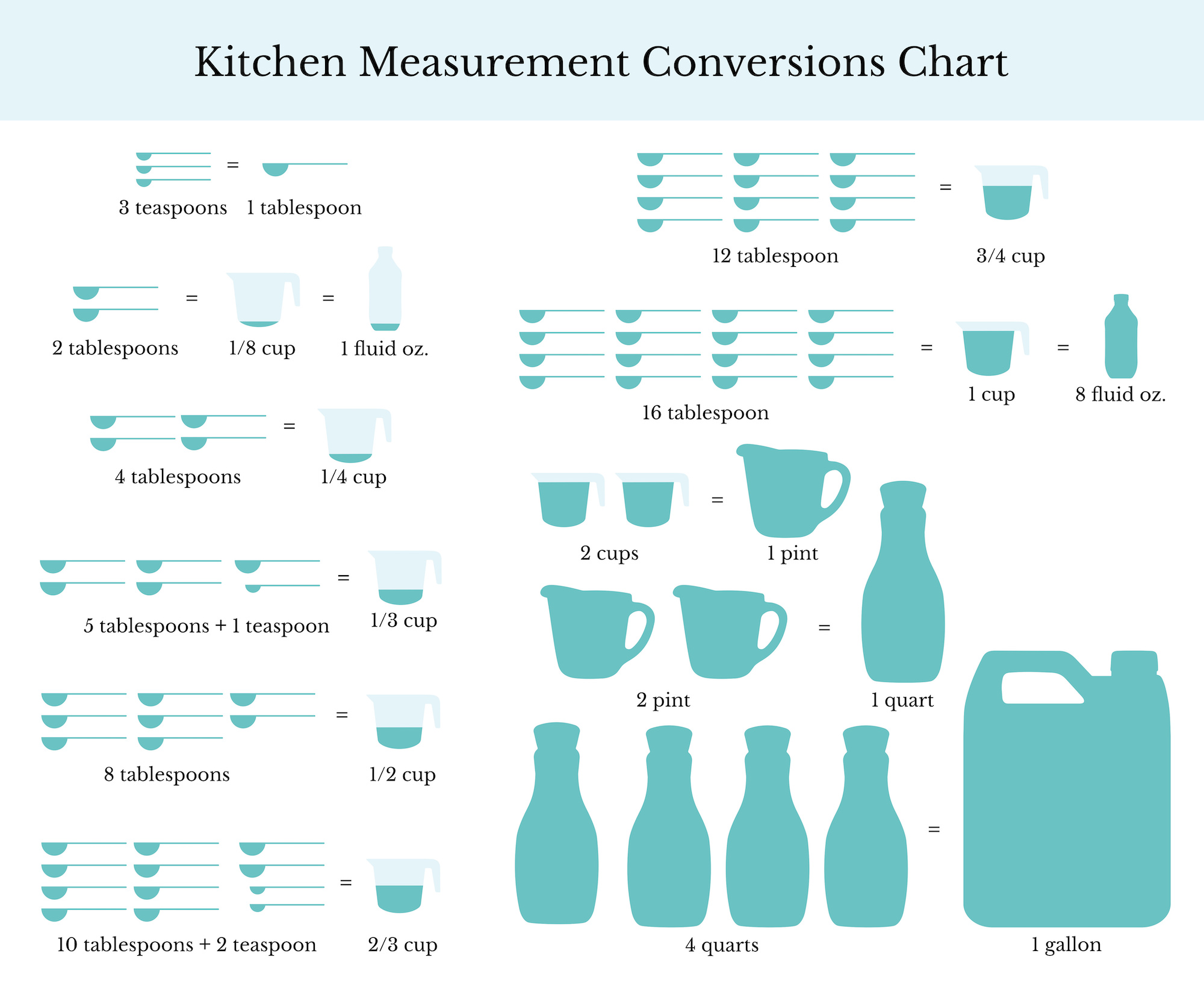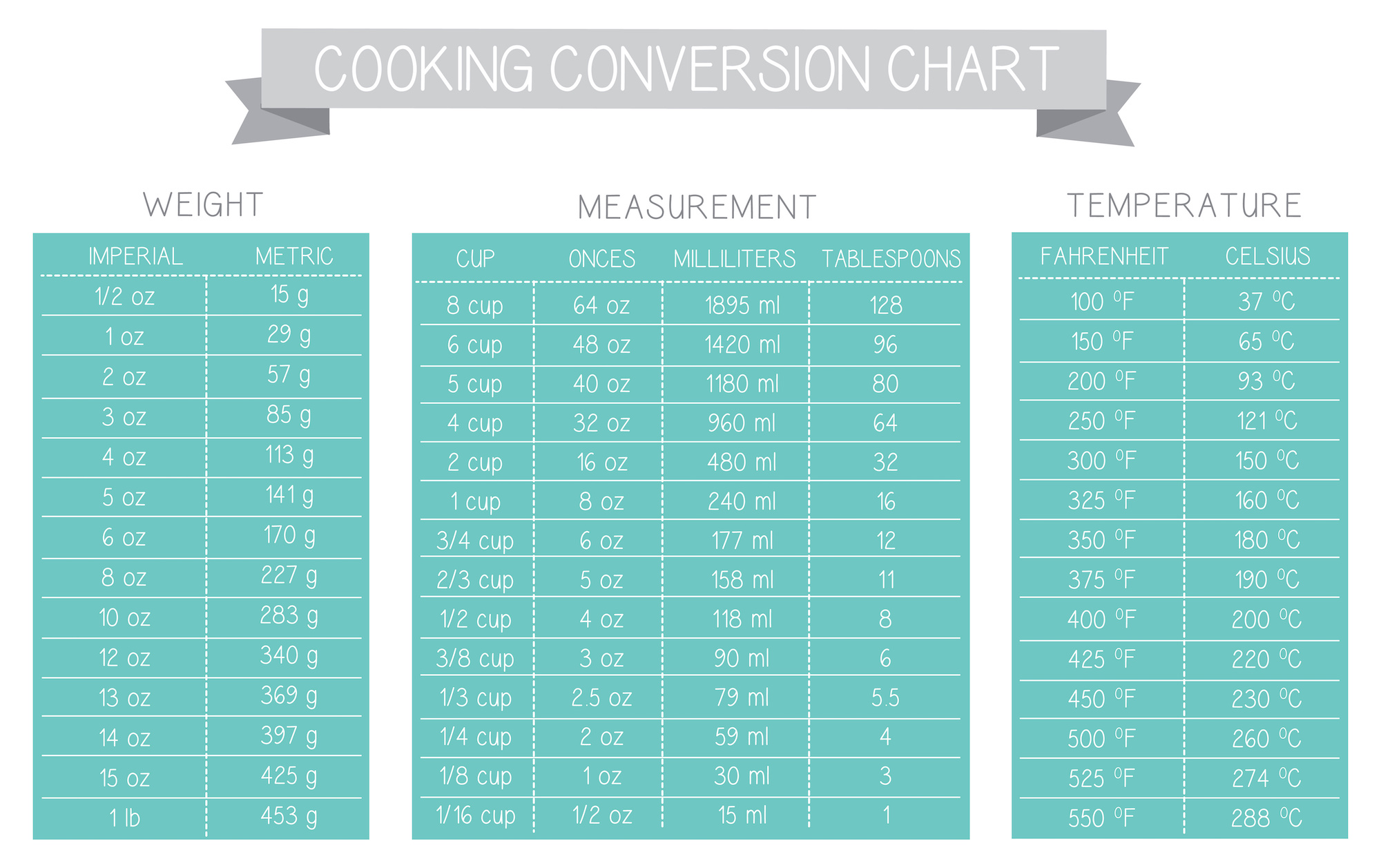When you go to a coffee shop, you know that your latte or espresso will be served with a delicious creaminess. Somehow, every coffee drink seems to taste better than your homebrew coffee with the perfect coffee to water ratio.

While many factors weigh into this scenario, proper measurement of coffee is essential in brewing a delicious cup.
Want to learn how to make delicious coffee at home that’s as good as your local roastery? Keep reading to learn everything you need to know about coffee measurements and conversions — including how many ounces in a cup of coffee.
This guide breaks down the tips every coffee drinker should know to create the perfect cup of joe.
The Importance of Precise Coffee Measurements
Do you just grab a scoop of coffee grounds and eyeball your measurements?
While it’s easy to get used to this easy habit, measuring coffee is a precise science. Although it may seem like you can guess the appropriate amount of coffee-to-water ratio, taking the time to properly measure will produce a more consistent cup of coffee.
The amount of water and coffee you use to make a brew must be consistent and precise to get the delicious results you seek.
When you start to measure coffee, you’ll immediately be faced with a problem: coffee is measured by weight, but your cup is typically measured by volume. If you don’t measure the coffee used to brew your cup of joe by weight, you’ll start with incorrect measurements.
Why?
Because the density of coffee varies greatly, which means one TBSP of one coffee is not equal to one TBSP of another coffee. Weighing your coffee grounds offers a more precise measurement than scoops.
Coffee-to-Water Ratio
Coffee measurement isn’t just about mass vs. volume; it’s also about the ratio of water to coffee that you use to create a good brew. Getting the coffee-to-water ratio is critical to creating a good cup of coffee. This ratio defines how weak or strong the final drink will taste, as well as how much flavor you’ll find in the coffee.
One thing to keep in mind is that your coffee-to-water ratio will change depending on the type of brewing method you use, the brewing time, the size of the coffee grind, and your personal preferences.
The Golden Ratio
While the coffee-to-water ratio necessary will vary, it’s good to know a general rule of thumb to serve as a starting point. The “golden ratio” by the Specialty Coffee Association can be a helpful starting point. This ratio of 1:18 means that 18 grams of water should be used for every 1 gram of coffee brewed.
The golden ratio does not tell you the exact amount of grinds to use. Rather, it gives you a comparison of the appropriate amount of water to use.
Kitchen Measurement Conversions Chart
Measuring Coffee at Home: FAQs
Knowing the specifics of coffee conversions will make it easier for you to figure out the right measurements for your homebrew. Remember, you’ll need to keep in mind that weight and volume are not the same. People store coffee in bags measured by weight, which is different from the tablespoons and cups they’ll often use when they’re preparing their coffee.
Q: How do I weigh coffee at home?
A: To weigh your coffee at home, invest in a kitchen scale. Kitchen scales are inexpensive and make weighing your coffee simple and easy.
Q: How many tablespoons are in 1 cup?
A: 1 cup is equal to about 16 TBSP (flat and leveled). The number of coffee grinds that will fill 1 TBSP will vary depending on its density. Coarsely ground coffee will be much less dense than finely ground coffee.
Q: What is the purpose of a coffee scoop?
A: Weighing out your coffee regularly can be time-consuming. Some ground coffee will include coffee scoops, which are designed to hold two TBSP or about 10 grams of coffee.
When using a coffee scoop, make sure to level the scoop off to ensure accurate measurements. 1.5 scoops of your coffee scoop is equivalent to about 14 grams of coffee.
Q: How many ounces are in a cup? How many ounces are in a cup of coffee?
A: There are 8 ounces in one cup. There are about 8 ounces in a standard cup of coffee. However, mugs can vary greatly in size. You will need to adjust accordingly for smaller or larger mugs.
Cooking Measurement Table Chart
Making More than One Cup of Coffee
You’re not always brewing coffee just for yourself. Or, sometimes you are, but you want to drink multiple cups of coffee! The good news is that once you know how to brew one cup of coffee, it becomes easier to increase the size of your recipe.
Remember that for one cup of coffee, you need 8 ounces of water. You’ll need 64 ounces of water to make eight cups of coffee. Of course, every coffee maker will have a different capacity. A standard coffee maker can hold about 12 cups of water, although some models may differ in size.
It’s also important to remember that for each cup of coffee, you need 14 grams of grinds. To make eight cups of coffee, you’ll need to have 112 grams of coffee on hand.
With the math out of the way, it’s time to work out how many tablespoons, scoops, or cups you’ll need. If you’re using tablespoons, just divide the total number of coffee grounds by five. In this case, you’ll divide 112 grams by 5 grams to come up with 22 tablespoons.
You can repeat the math by using the conversion chart earlier to work out how many scoops and cups you’ll need.
For a coffee scoop method, you’ll need 11 scoops and for cups, you’ll need 1 cup and 3 scoops of coffee.
The Strength of the Coffee
For anyone who enjoys a strong brew of coffee, you’ll need to tweak the recipe a bit. Remember that a strong cup of coffee should have about 16 grams of coffee grounds in it. So, for eight cups of coffee, you’ll need 128 grams of coffee. You can always add more grounds without increasing the water, for a stronger brew.
Brewing the Perfect Batch of Coffee
It can take some time to perfect the process of brewing the perfect batch of coffee. With this info in mind, you’ll soon be well on your way to brewing the perfect batch of coffee to start your day.



Leave a Reply